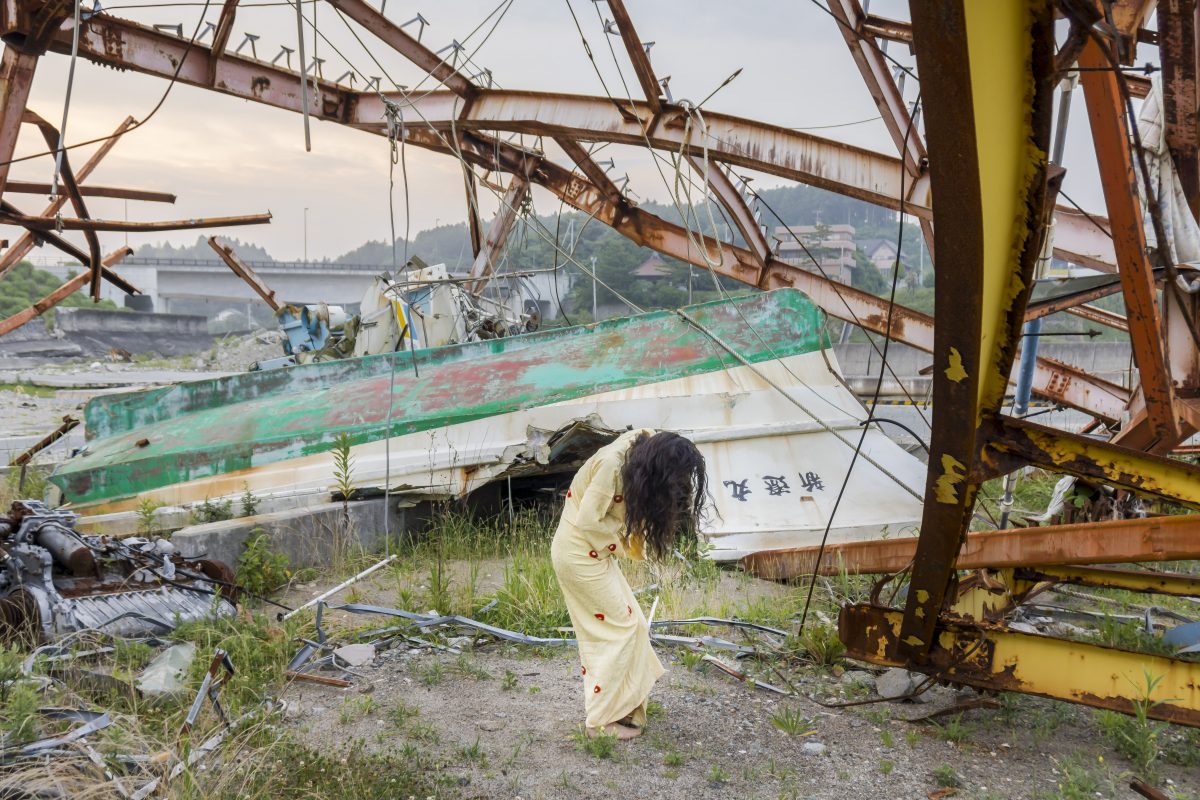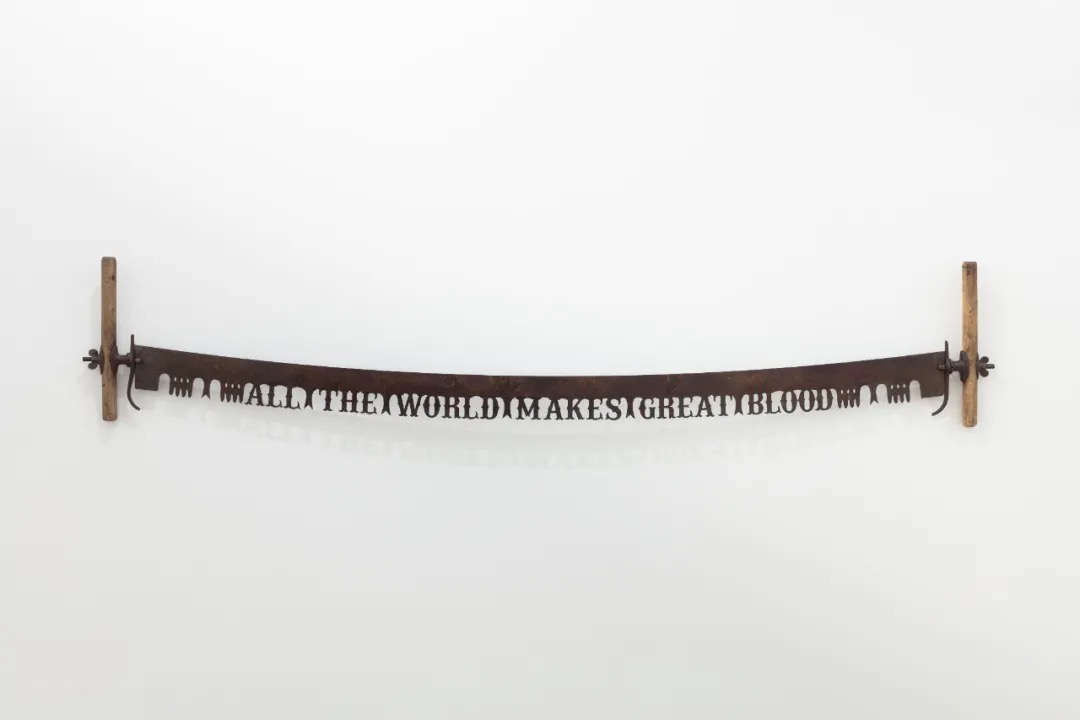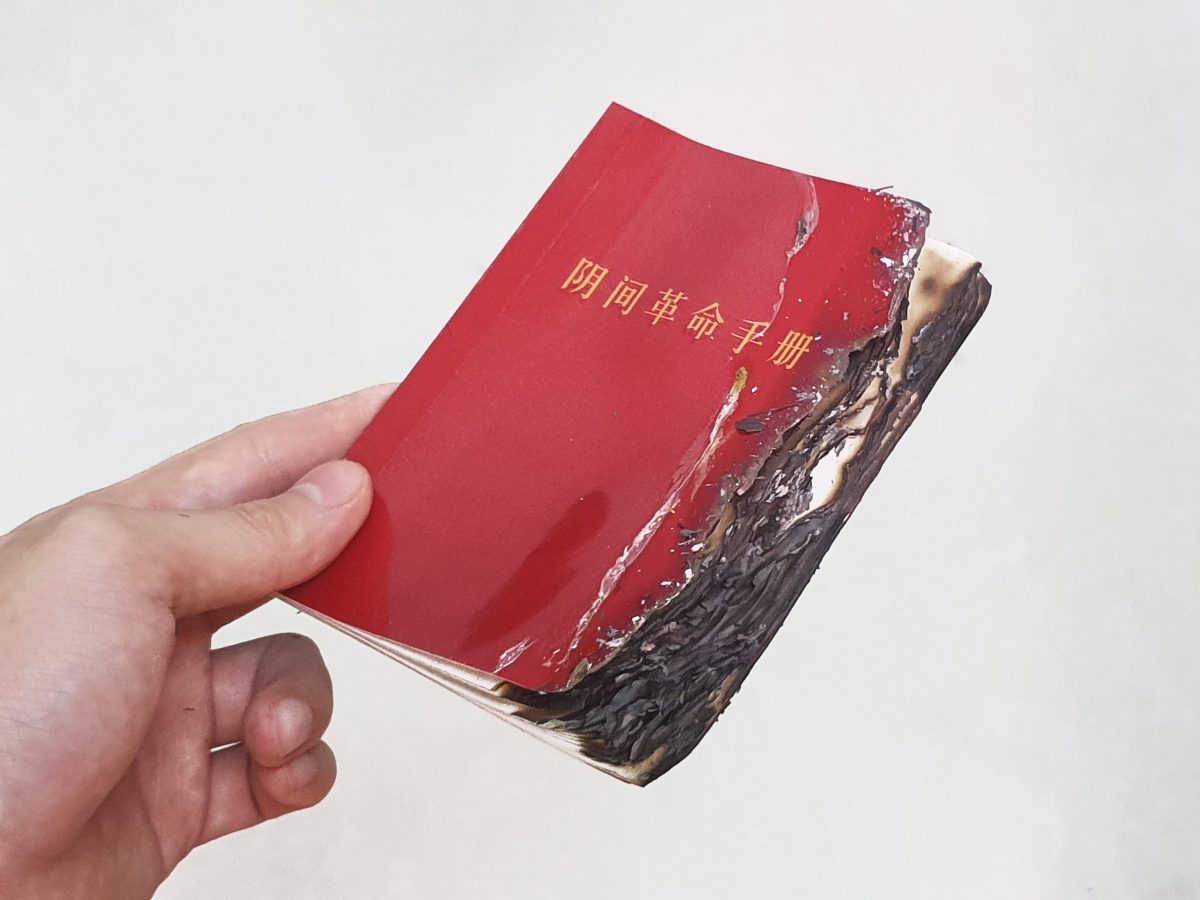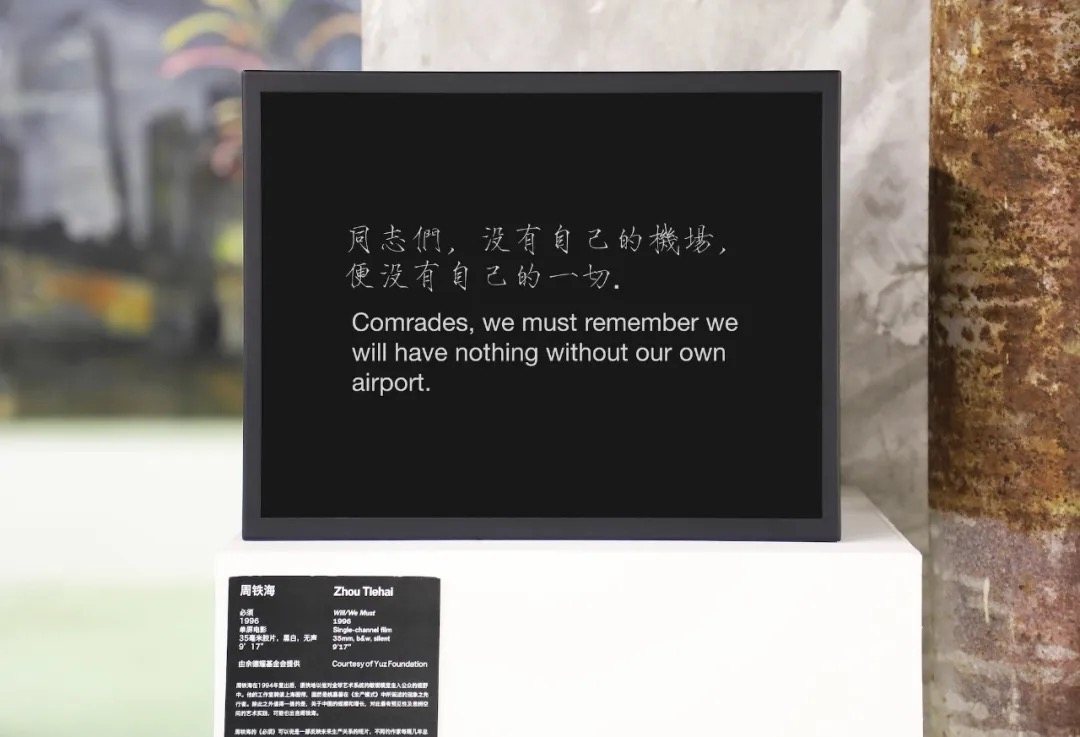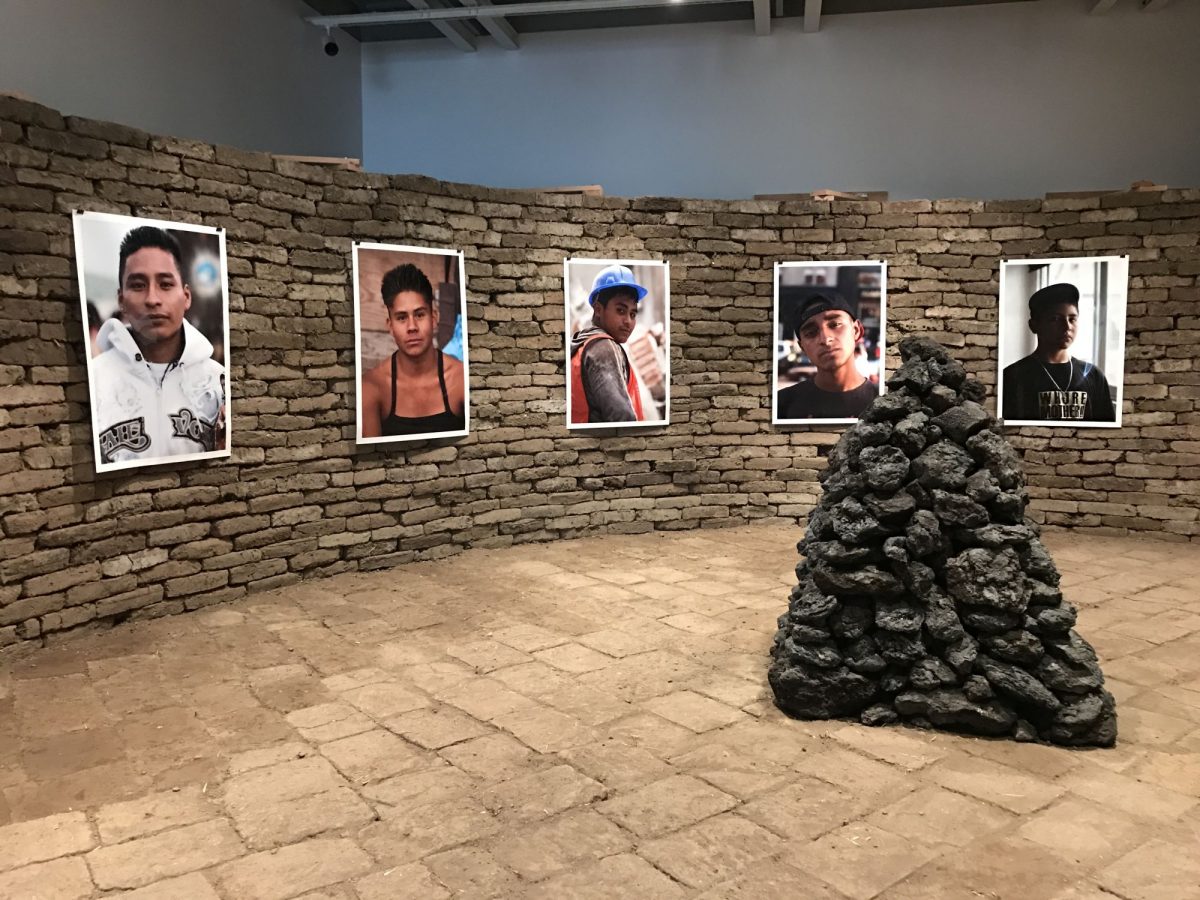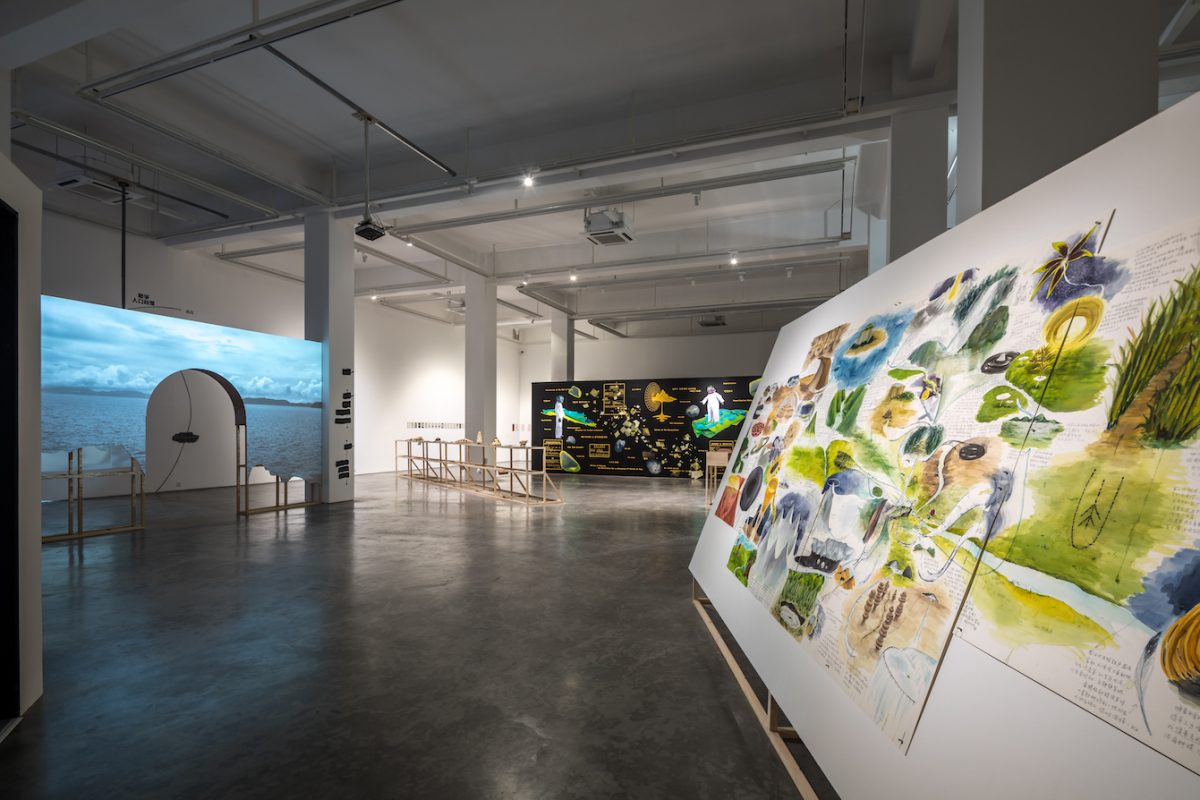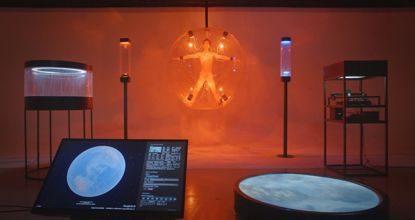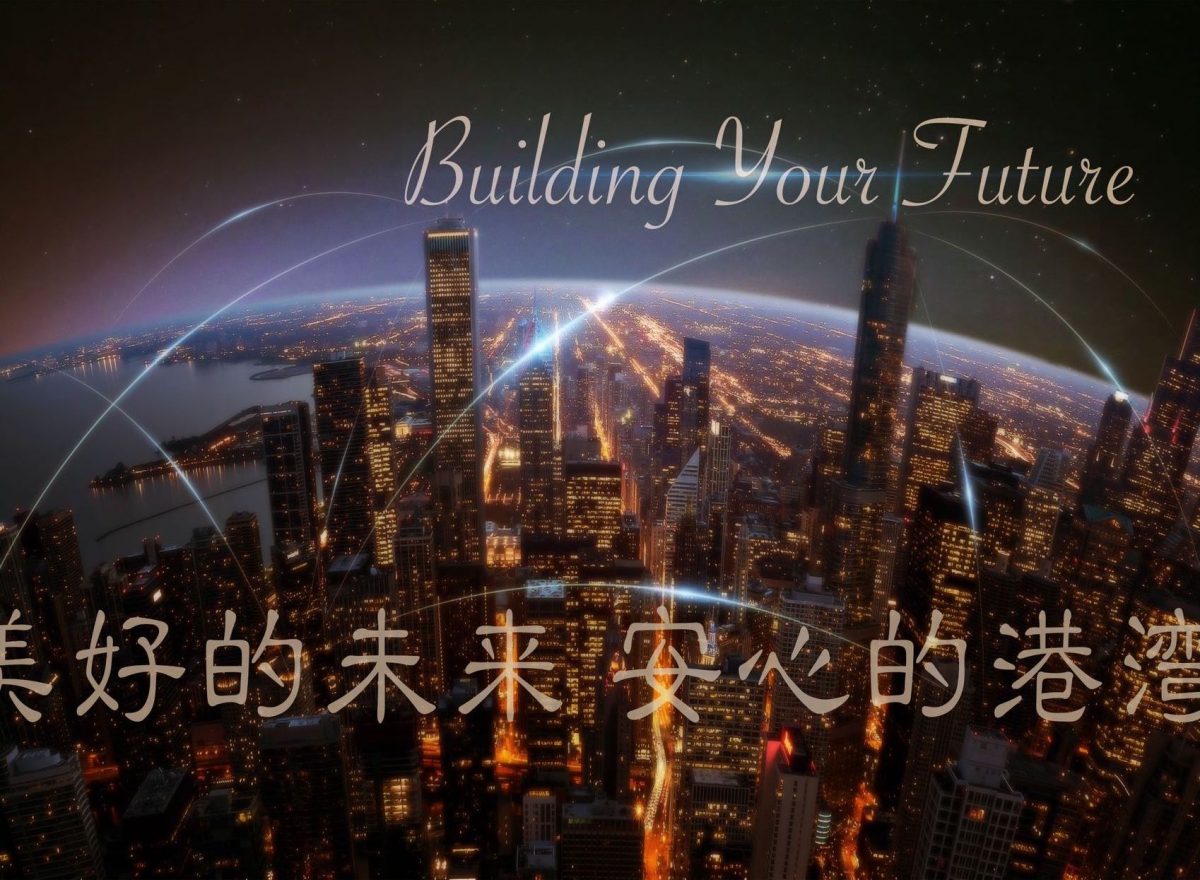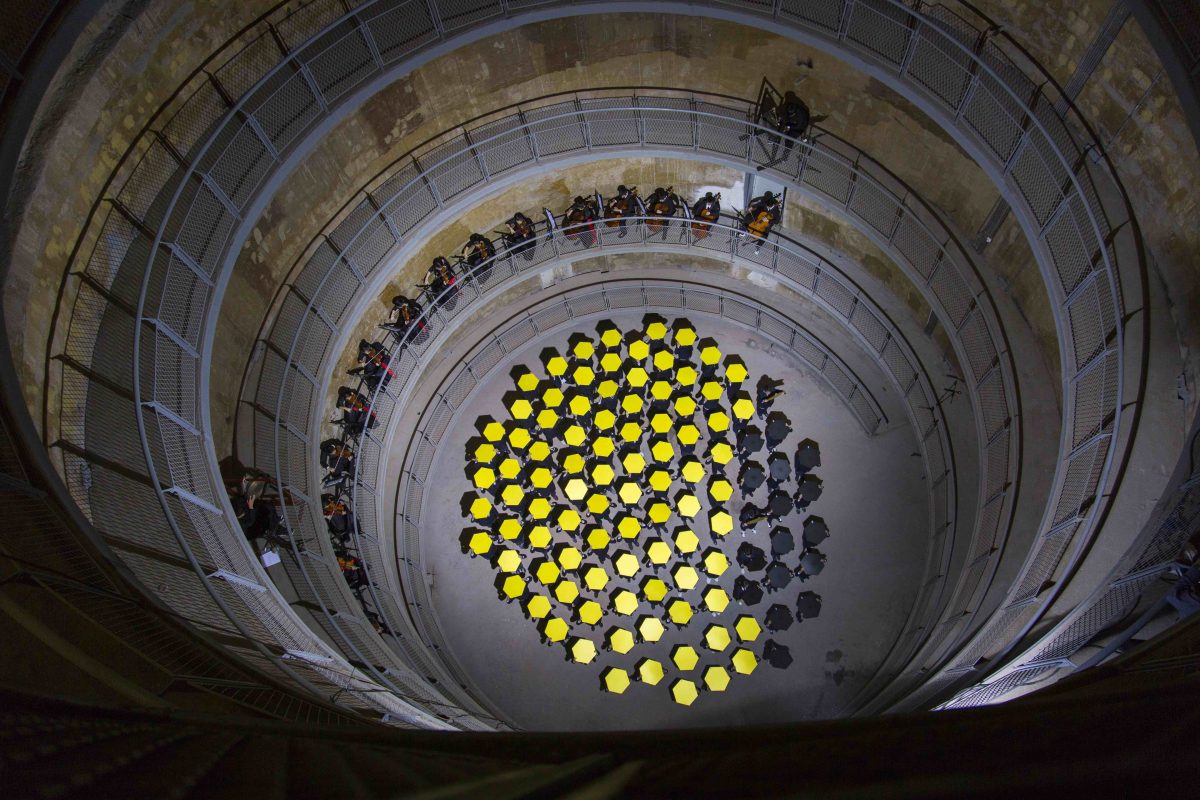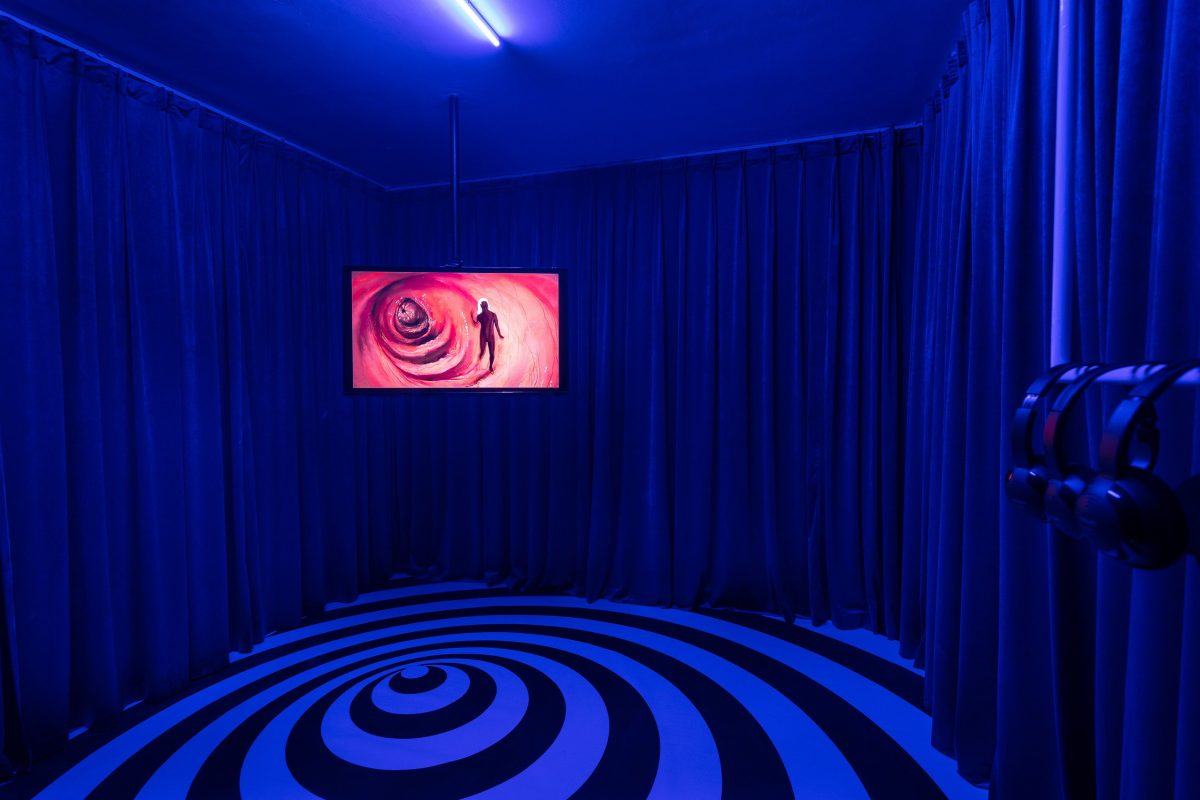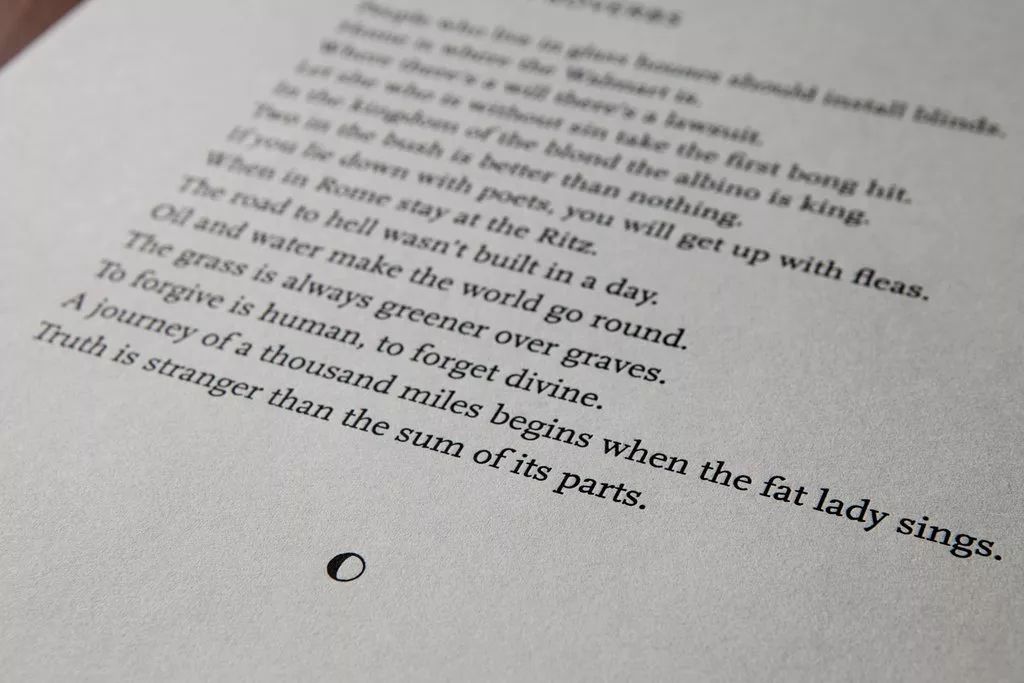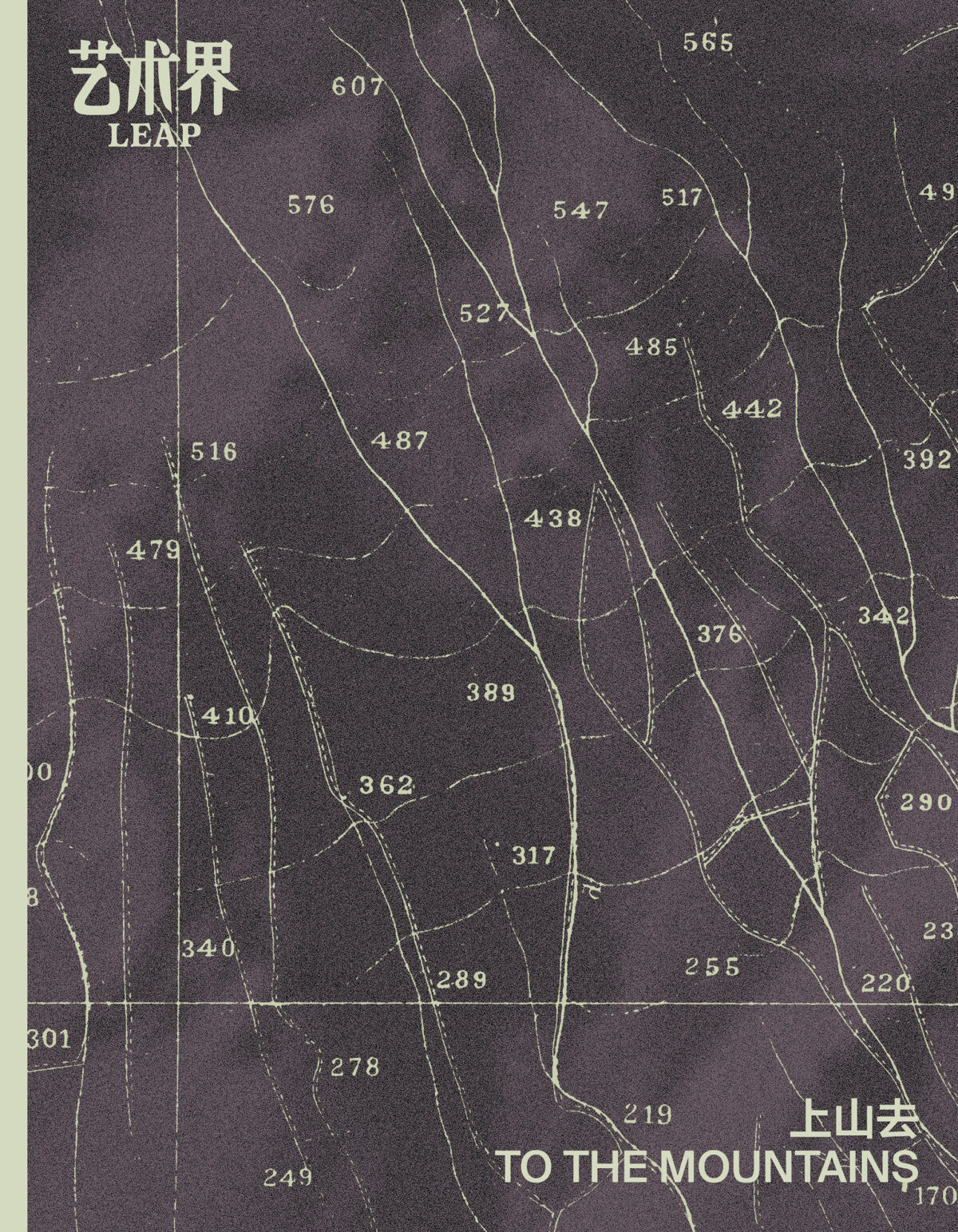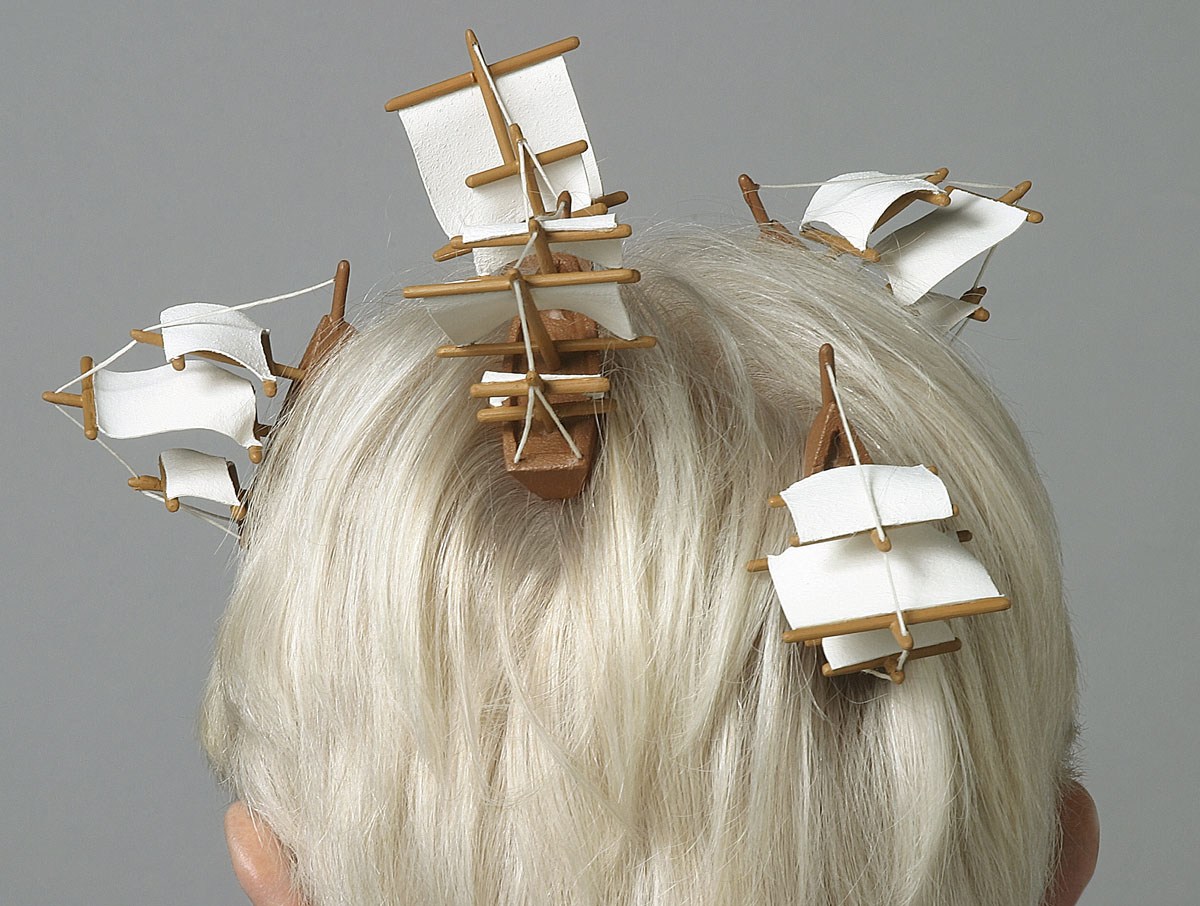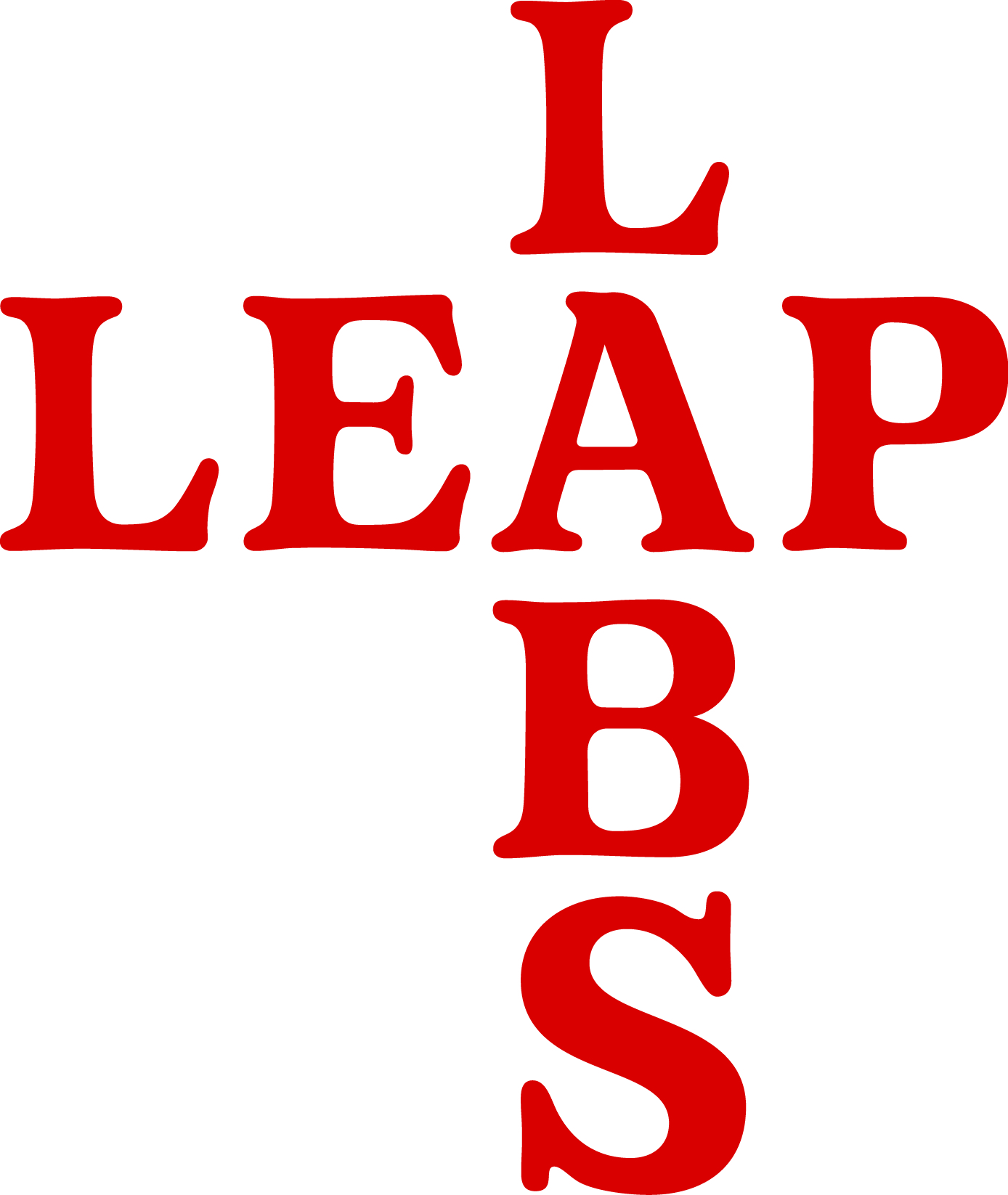Can we unleash our imaginations further on the basis of such a relationship, in critical ways?
Read MoreSome sort of correlation and pattern rippled through their orchestrations: perhaps a yearned-for, not-yet-attained object, or some pursued, forgotten object, which greatly exceeded the scope and expectations of the individual.
Read MoreNo era is ever too good for art, and none too bad.
Read MoreWe’re connected by crafting out a shared space.
Read MoreIn the process of recognizing instead of knowing, a discrepancy always exists and, in some cases, are never reclaimed.
Read MoreThe presence of the body becomes a variable in a given place, allowing the real encounters to take place—even today, when technological media can realize actual functions with virtual objects, bodily feelings can still illuminate the relationship between human beings and the others, which is what we should see through the lens of technology.
Read MoreEvery self-organizated community needs to confront the tasks of mutual aid and care with urgency. Overwhelmed by structural stress and anxiety, abstract beliefs alone can no longer generate heartfelt connections among us.
Read MoreHow can performance art, which is essentially an ephemeral occurrence, negotiate with the extensive temporality of nuclear catastrophe and the fragility of traumatic memories?
Read MoreA series of utterly ordinary things – a bulge on the trunk of a wutong tree, rubber gloves hanging from the handlebar of an electric scooter, a waterproof jacket on a washing line, some ethereal glimmers on the fencing around a construction site—that nonetheless inspire a certain uncanny feeling inside us.
Read MoreAlthough deliberate confusion of time implies something too nostalgic for digestion, it calls out a suppressed desire for the ghostly echo of the “past” ringing in “now” and “future.” It also renders various derivative points about being sarcastic with the objects to prefer nature to culture, ornament to function, instinct for death to drive for life, and sex drive to intellectual drive—being pared down to a new cycle of extraction, fermentation, condensation, and transpiration.
Read MoreBy imagining a “nether world” that is also euipped with economic, political and cultural aesthetic systems, the plea of the artist that “the netherworld should break away from all the domination from the world of the livings” has its relevance winding in our realities.
Read MoreZian Chen called exhibitions that give Chinese Contemporary Art look-backs in variation as Instant Retrospectives, which applies Hauntology theory to uncover substitutions between what happened in the past and what is possible in the future, in an attempt to articulate a rebellion against a linear time within contemporary art.
Read MoreAs life was disrupted by the COVID-19 pandemic, Sammi Liu, owner of Tabula Rasa Gallery, and artist aaajiao (Xu Wenkai) have been stranded in London and Berlin respectively. Author Danielle Shang who lives in Los Angeles and curator Weng Xiaoyu at the Guggenheim Museum in New York have hunkered down for nearly a year, unable…
Read MoreWhat is China’s “ecological civilization,” and what are its ideological origins? Understanding how the ideas and history of Marxism in China interlock with ecological thought, as Long March Project has set out to do, is crucial.
Read MoreHuman (un)limited_Beijing exhibition, jointly curated by Ars Electronica and the Central Academy of Fine Arts, will open to the public on November 19th at the Hyundai Motorstudio in 798. This year’s theme, Human (un)limited, follows the practice from last year in China, South Korea, and Russia, to show that the artists around the word are not only helping build a better life today, but also improving living conditions for tomorrow.
Read MoreIn an age of increasingly volatile political visions, “The Racing Will Continue, The Dancing Will Stay” may be regarded as a positive attempt to tease out and touch on issues that aren’t brought up all too often.
Read MoreLEAP discusses with the curator Cuauhtémoc Medina the complex web of references in his curatorial and research work.
Read MoreIn Wang Haiyang’s artworks, the erosion and mortality of the human form give rise to other versions of vibrant life and embodiment.
Read MoreInside a moon-like circle on the back cover of The Pillow Book is a list of things it is not: “Not a memoir. Not an epic. Not an essay. Not a spell. Not a shopping list. Not a nocturne. Not a dream book. Not a prayer. Not a novel. Not an apology. Not a…
Read MoreLeap, revue internationale sur l’art contemporain chinois et asiatique, première édition française :« Chine : les communautés flottantes » (édition bilingue français-mandarin, Beijing-Paris, 2015, 220 pages, 12 € – www.leapleapleap.com) Leap – entendez « Le bond » ou « Le saut »– est une revue internationale sur l’art contemporain chinois et asiatique. Elle paraît depuis…
Read More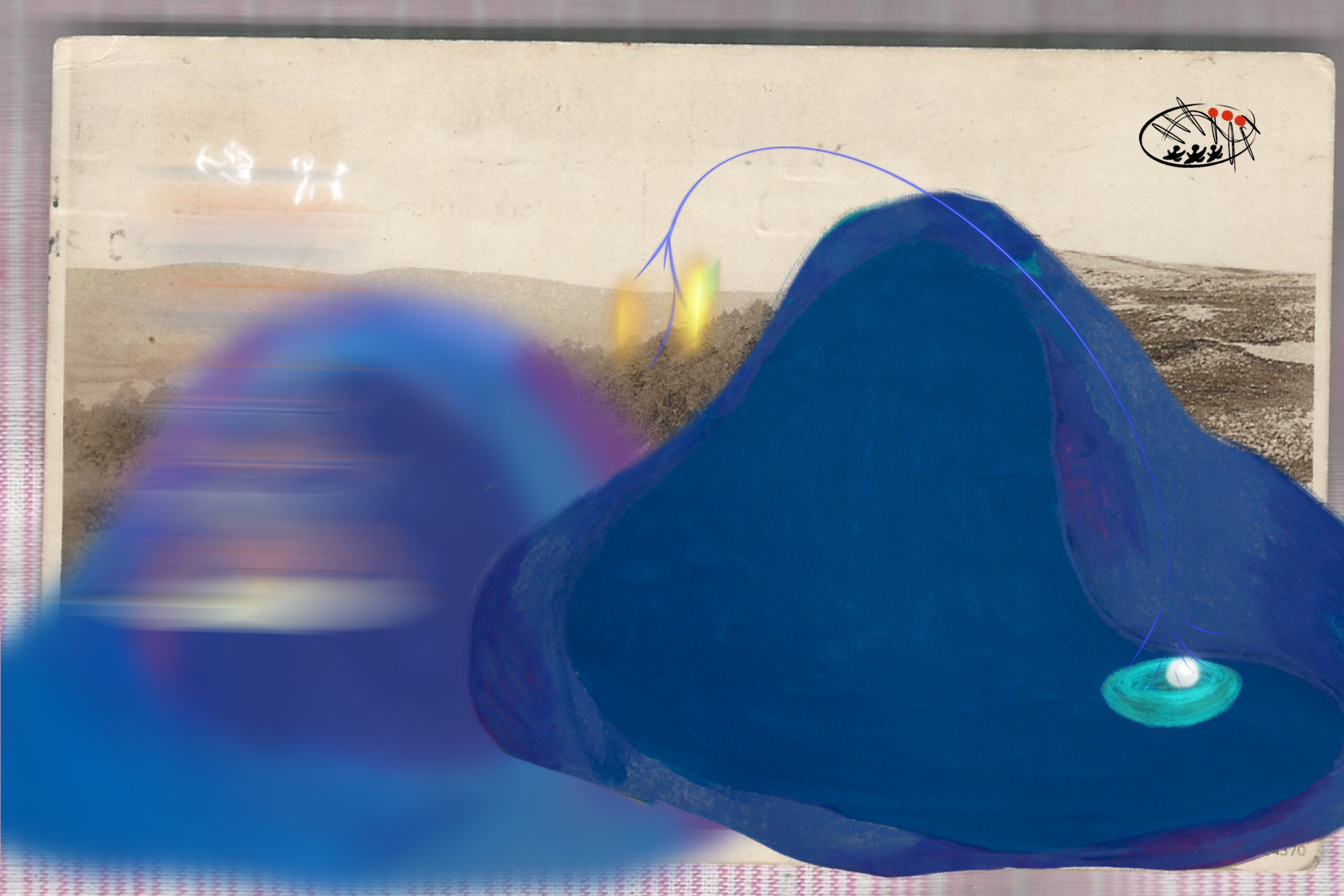
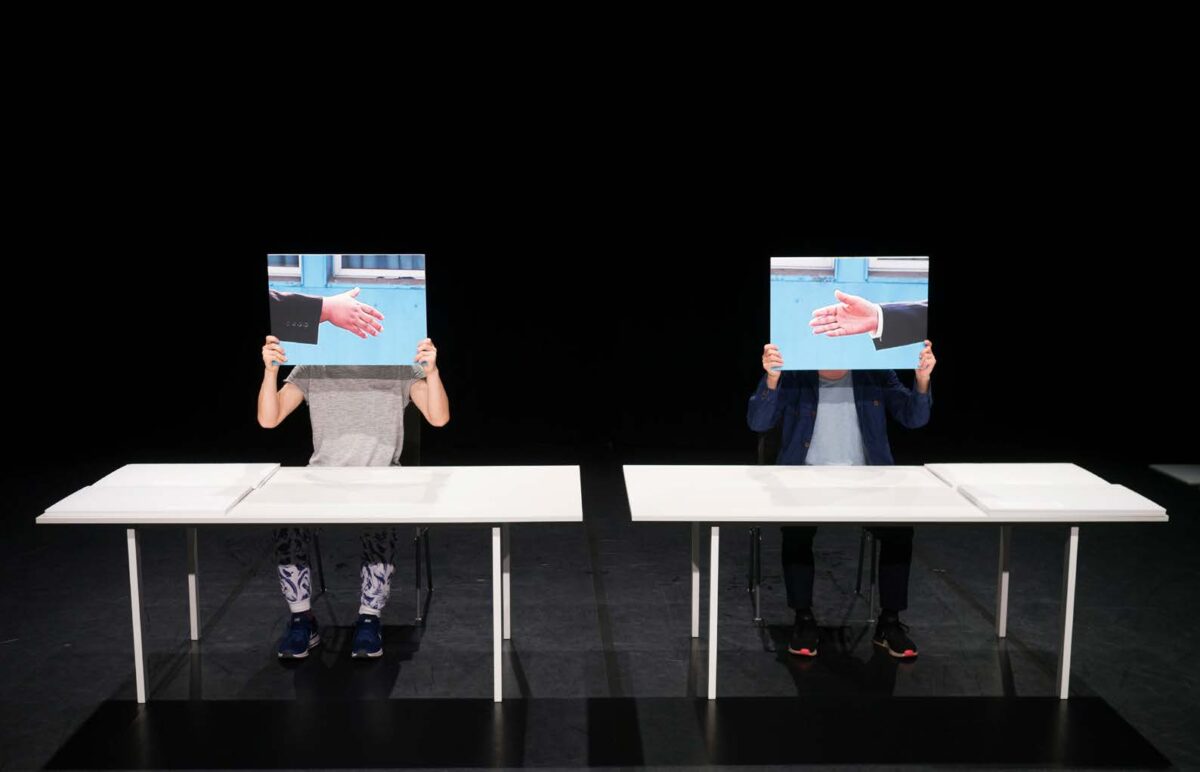
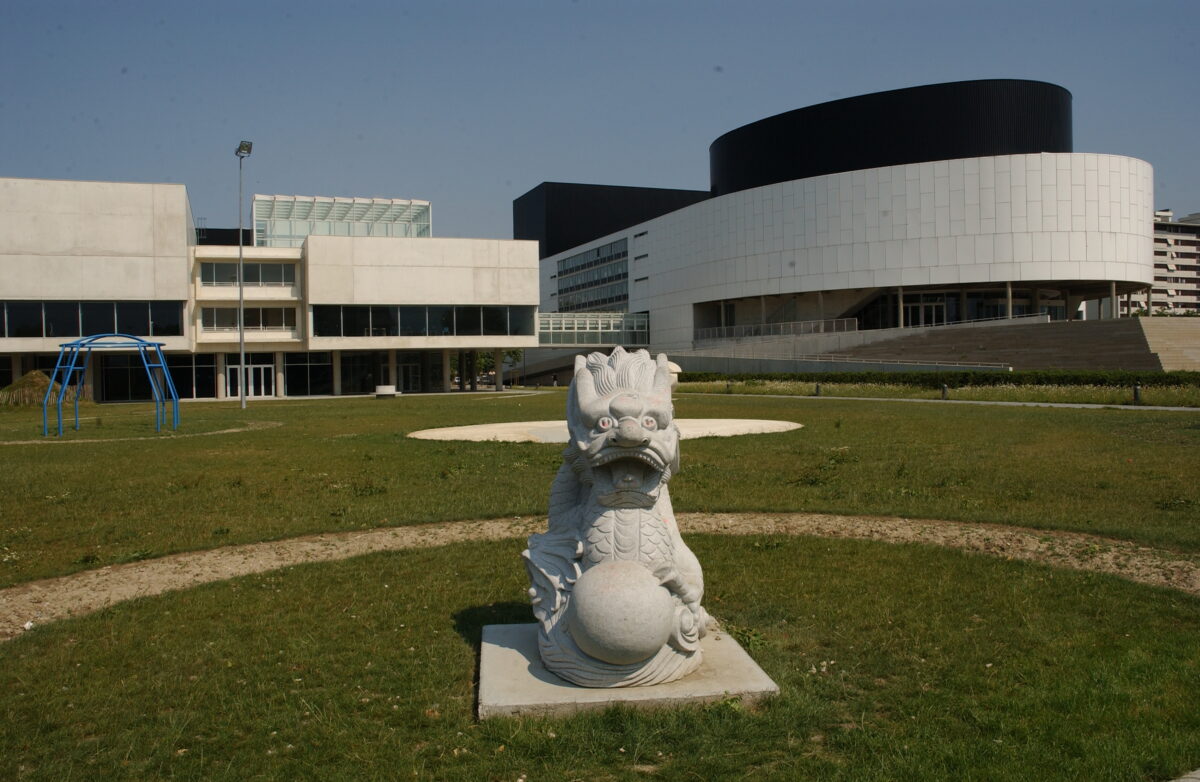
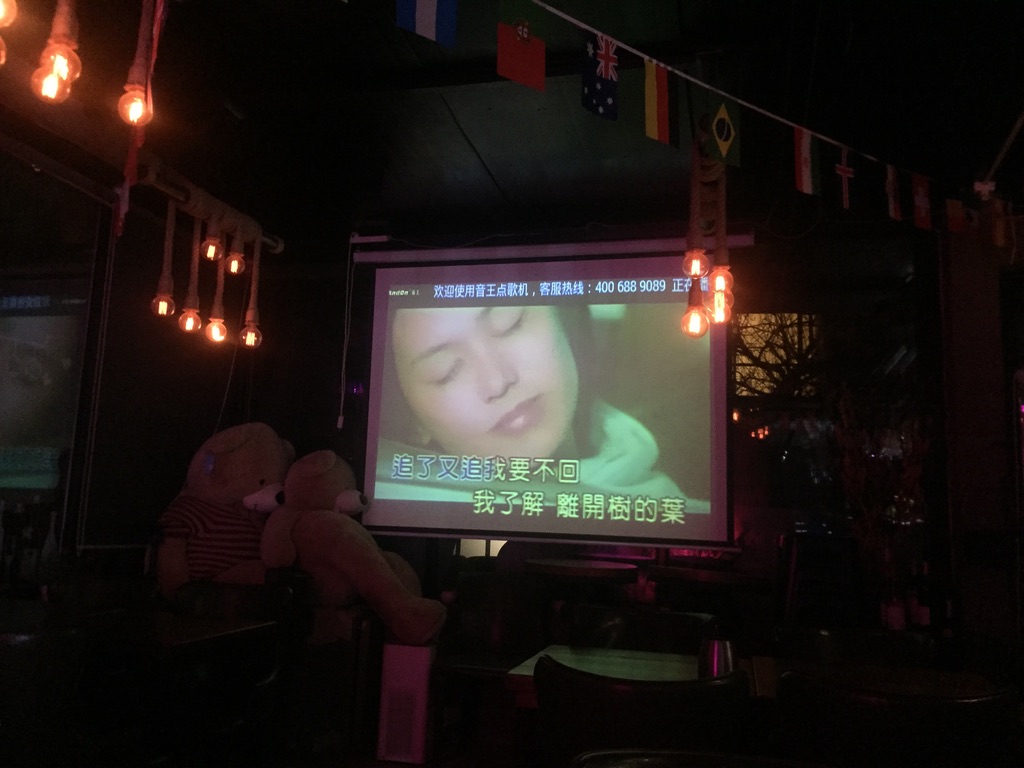
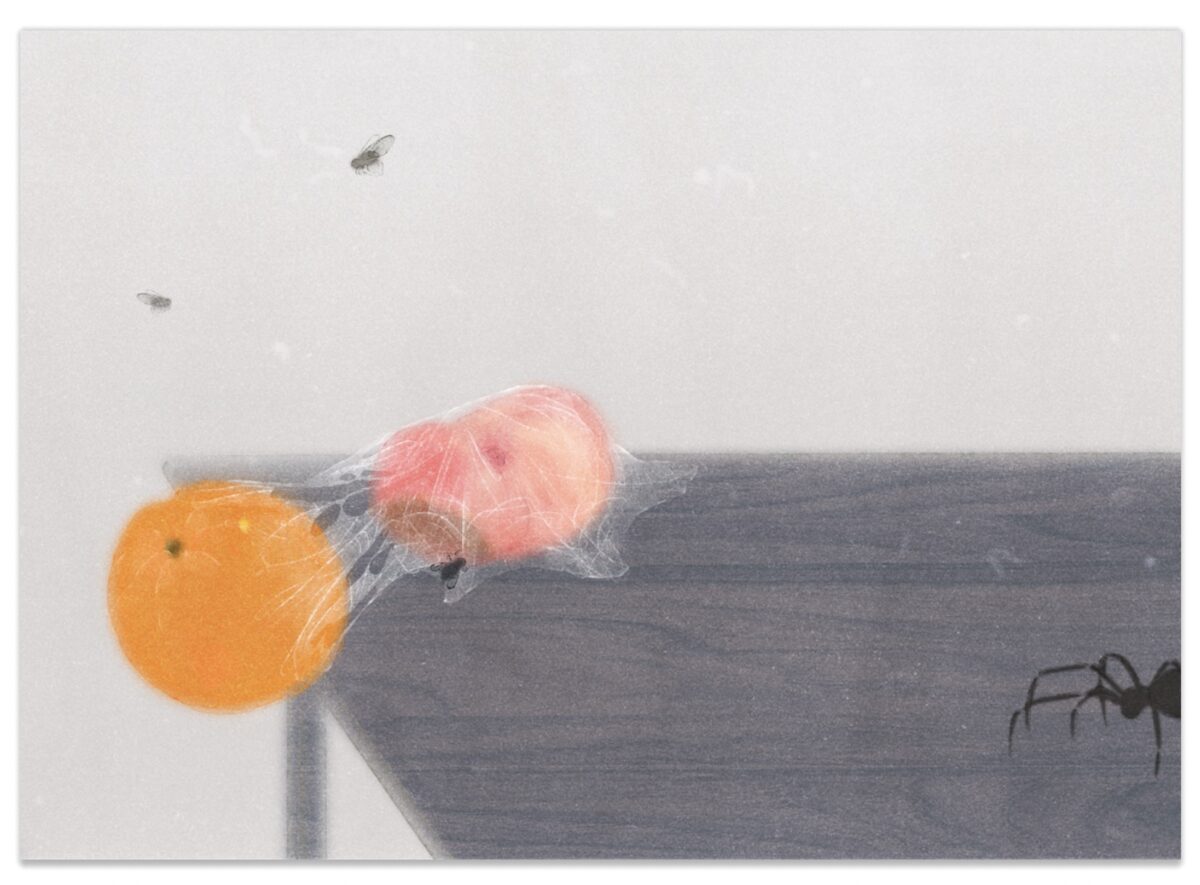
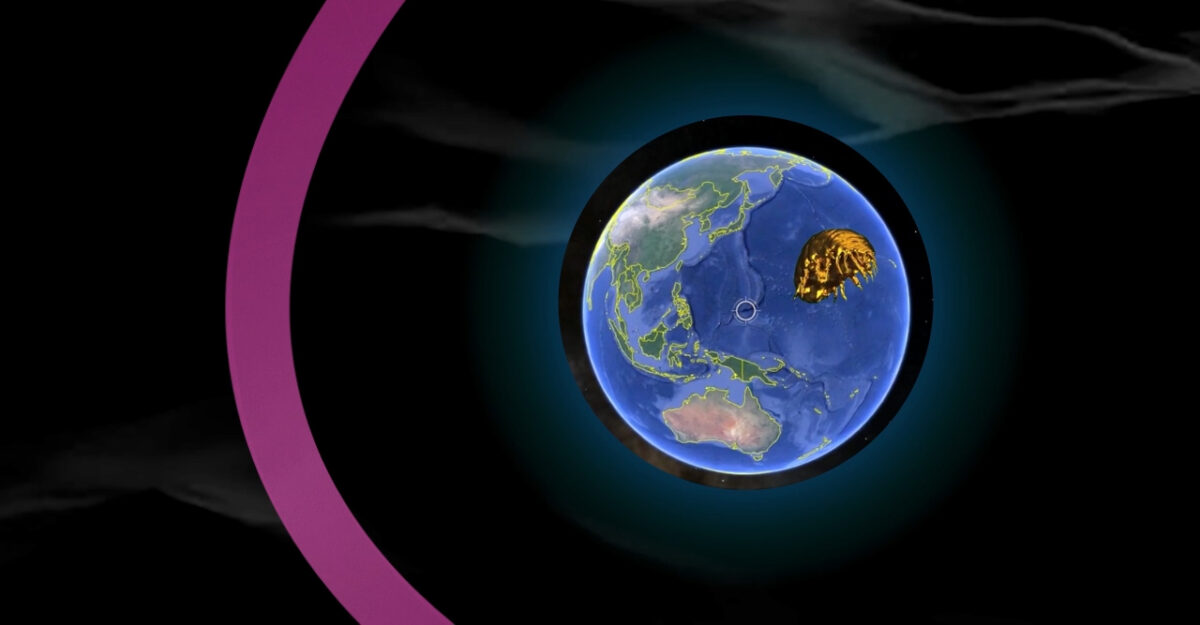
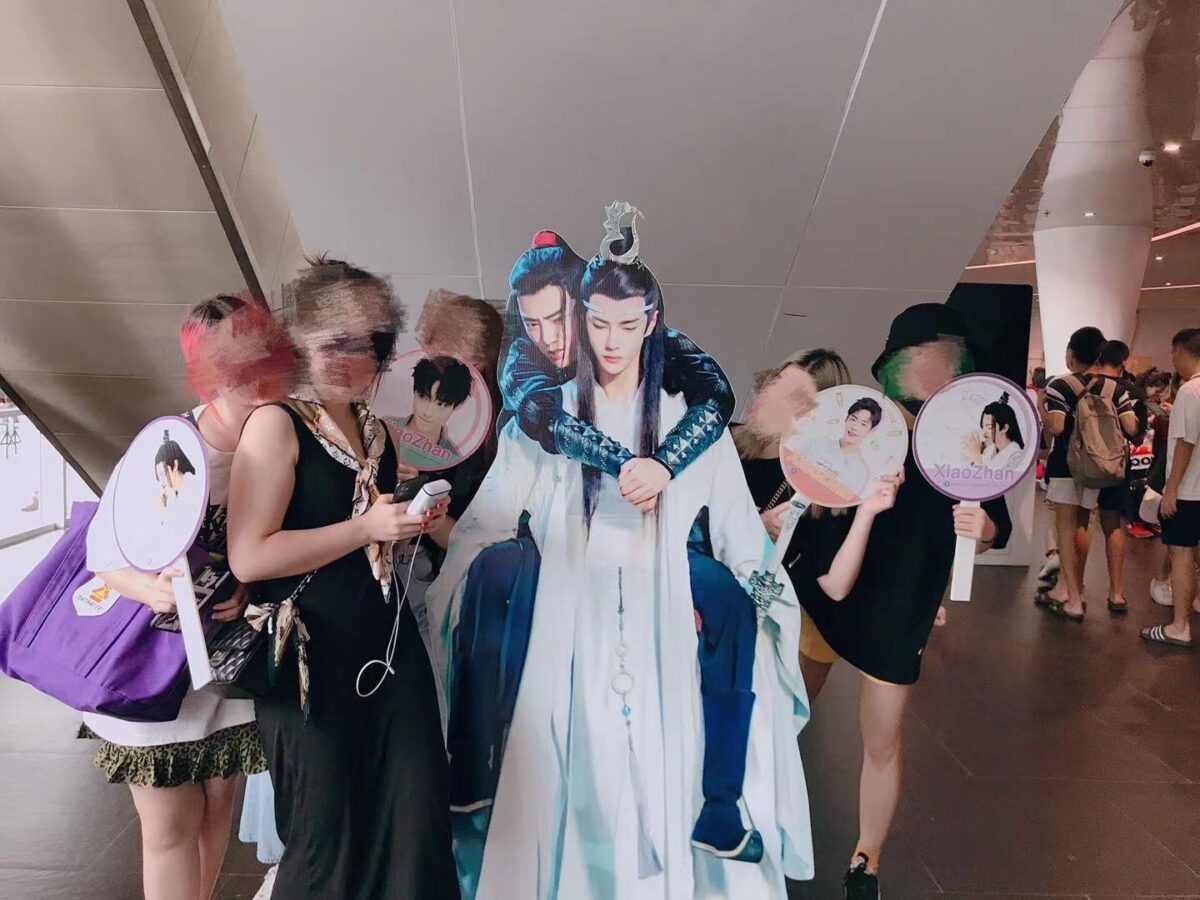
,2021,剧场游戏:流体愈学,摄影:潘燕楠-1200x800.jpg)
